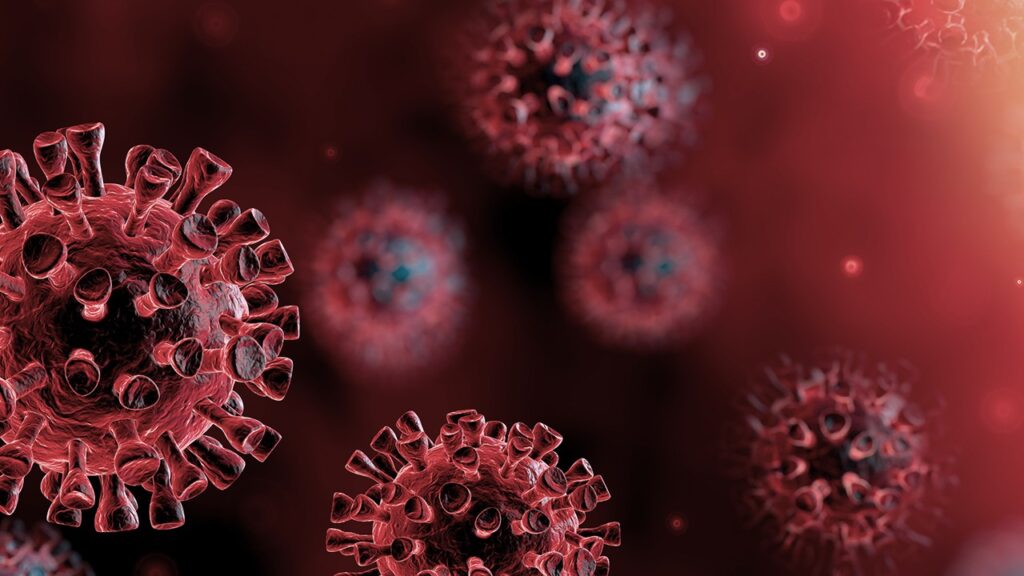With sanitizer supplies bought out in many cities, it might frustrate you to be one of the many businesses with a cleaning closet that’s running low. But in this trying time, we all have to make do with what we have.
It will take answering some important questions. Are your supplies tough enough to make sure your property is sanitized for workers or customers? How about your cleaning crew? Are they educated enough to know what supplies work best for whatever situation they have in front of them?
According to the Environmental Protection Agency (EPA), there are over 400 registered disinfectants and chemicals claimed capable of killing the SARS-CoV-2 strain of coronavirus that causes COVID-19. They all might do it differently.
We’ll need to dive into the four definitions of cleaning and their effectiveness at killing bacteria: cleaning, sanitizing, disinfecting, and sterilizing.
Cleaning
Cleaning is the broadest umbrella, which also means it requires the most diligence when it comes to making sure your supplies are up to the task. Not all cleaners are created equal. Cleaning supplies, in the business, refers to products used to clean up messes and spills. These will kill up to 97% of germs alongside whatever messes they’re attending to, but some bacteria and viruses are resistant to some cleaners. For the purpose of ensuring your premises are COVID-19-free, you want to rely on something stronger.
Sanitizing
Sanitizing bumps up the effectiveness with kill claims up to 99.9%. These compounds can include chlorine and ammonium compounds, but you will most likely recognize them in the form of your alcohol-based hand sanitizers. Depending on your particular concentration, sanitizing your work space may take some “wet time”—the amount of time a chemical cleaner needs to stay on the surface—to be as effective as possible.
Disinfecting
The difference between sanitizers and disinfectants may not seem like a lot (99.9% to 100%), but it can mean everything if that’s what it takes to tackle your COVID-19 risk. Disinfectants like bleach can be particularly powerful and even corrosive, so it is important to be aware of which surfaces need disinfecting versus those that can’t handle the reaction.
Sterilizing
The big one. Sterilization, whether it’s chemical or steam, eliminates 100% of all germs, bacteria, and viruses. Steam treatments heat a surface to an unlivable temperature for long enough to kill anything on it. Chemical treatments do the same and also require that wet time. Both are extreme and often expensive methods that risk warping certain materials.
This may sound like a lot, but your EPA-approved cleaners will have most of this information labeled for easy reference. If you have questions regarding your cleaners, please contact us. At Maintenance One, we’re always happy to help. If you’re interested in having experts who already know the ins and outs of cleaning during the pandemic, contact us here to request a quote.


